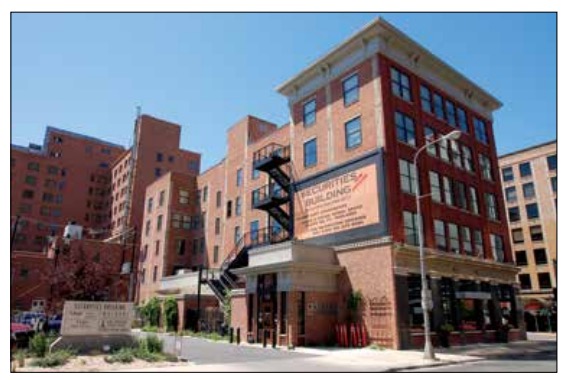
SONORAN INSTITUTE
View this complete Infra Views post...



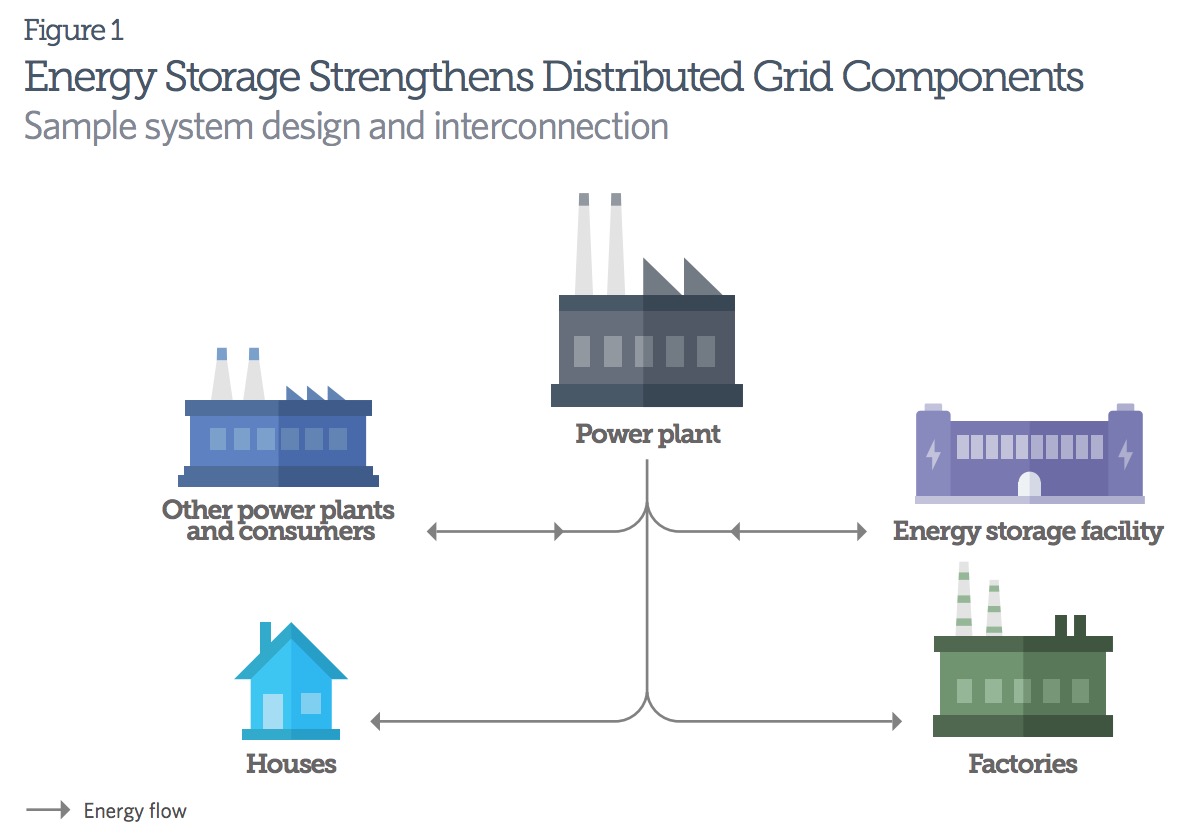
THE PEW CHARITABLE TRUSTS
Distributed energy resources allow electricity to be generated closer to where it is used, protecting businesses and institutions from unexpected outages caused by natural disasters and other disruptions. The U.S. national laboratories as well as public-private partnerships provide financial resources and access to research facilities to foster innovations to modernize the power sector from a 100-year-old centralized system to one that incorporates disparate clean technologies such as microgrids, batteries, and energy smart tools. These investments and the resulting new products and capabilities decrease costs, improve grid reliability, reduce emissions, and offer consumers more options.
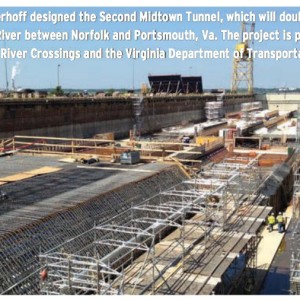
AMERICAN COUNCIL OF ENGINEERING COMPANIES (ACEC)
The U.S. has no shortage of high-profile P3 projects, particularly in Texas, Florida and California. One of the first major uses of the P3 model in the U.S. dates back to 1999, when the Port Authority of New York and New Jersey faced a limited debt capacity to finance necessary improvements to New York’s JFK International Airport. It ultimately turned to a consortium of private developers, operators and financiers to renovate the international terminal. In addition, a private company has a 28-year lease with the Port Authority to operate the terminal.
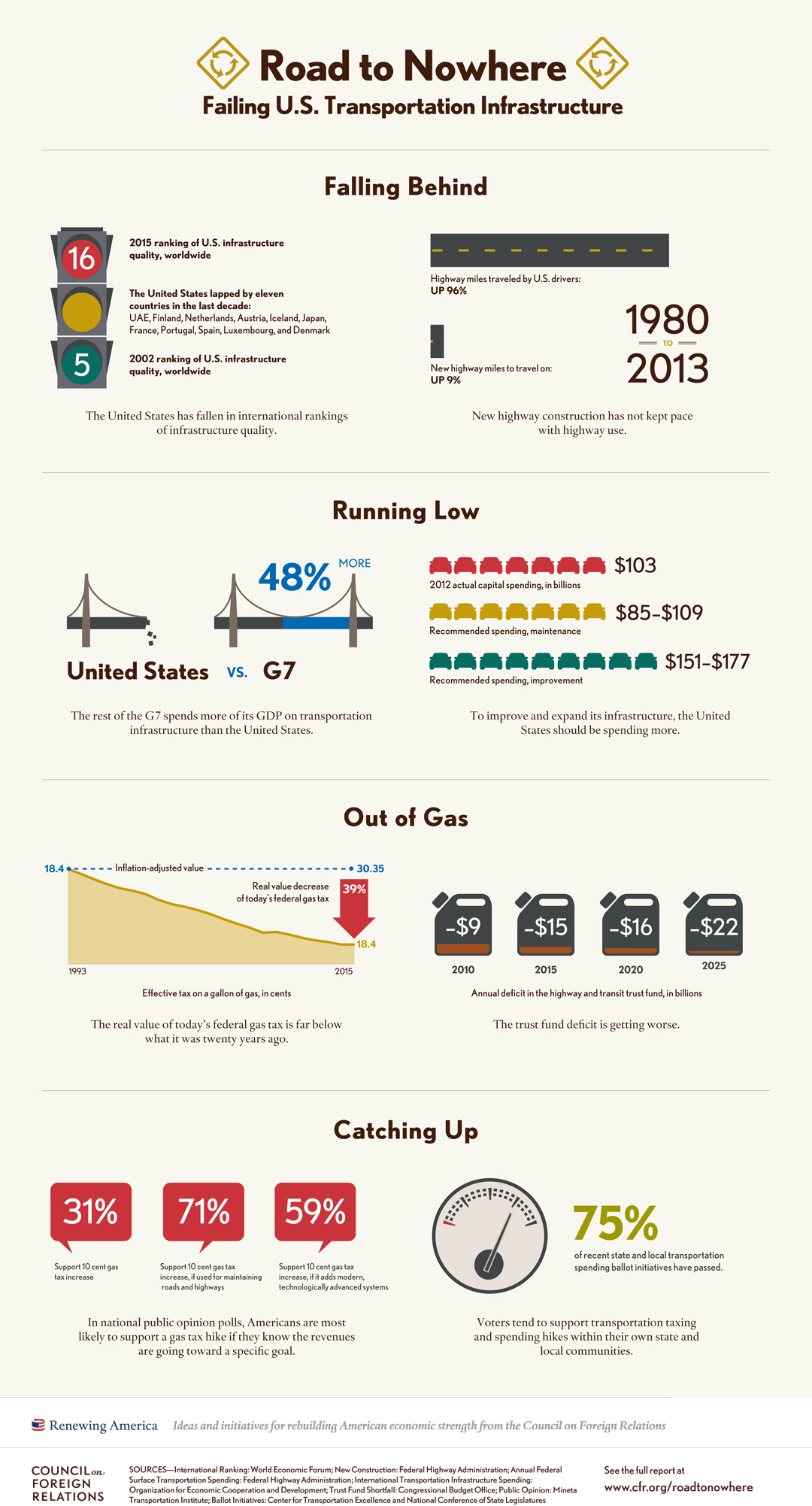
COUNCIL ON FOREIGN RELATIONS
The United States should be spending more to improve and expand its transportation infrastructure, but instead barely spends enough to maintain the existing network. According to surveys, the quality of U.S. roads and transit is mediocre compared with other peer countries in the Group of Seven (G7). Although road and bridge conditions have actually been improving over time, capacity has not expanded as fast as population growth or miles driven. Congestion is now twice as bad as it was in the early 1980s.

AMERICAN ROAD & TRANSPORTATION BUILDERS ASSOCIATION (ARTBA)
As the 2016 presidential campaign season continues, ARTBA is carefully monitoring the candidates’ positions on transportation policy. Nearly all the remaining candidates have made at least one substantive public statement on transportation, or have included it in policy documents posted by their respective campaigns.
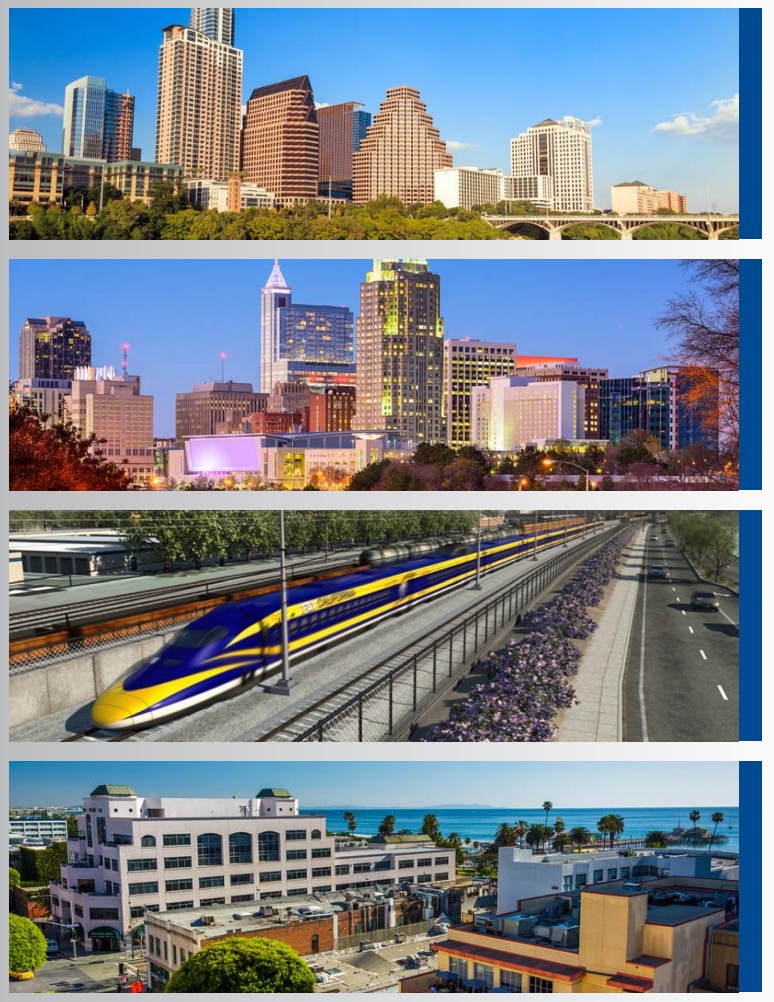
AMERICAN PUBLIC TRANSPORTATION ASSOCIATION
This study, which focused on the Silicon Beach Innovation District in Los Angeles County, CA; the Historic Technology District in northwest Austin, TX; and Research Triangle Park, one of the oldest research parks in the United States, located between Durham, Chapel Hill, and Raleigh, NC, finds that public transportation could be the determining factor in the success of innovation districts in the United States.
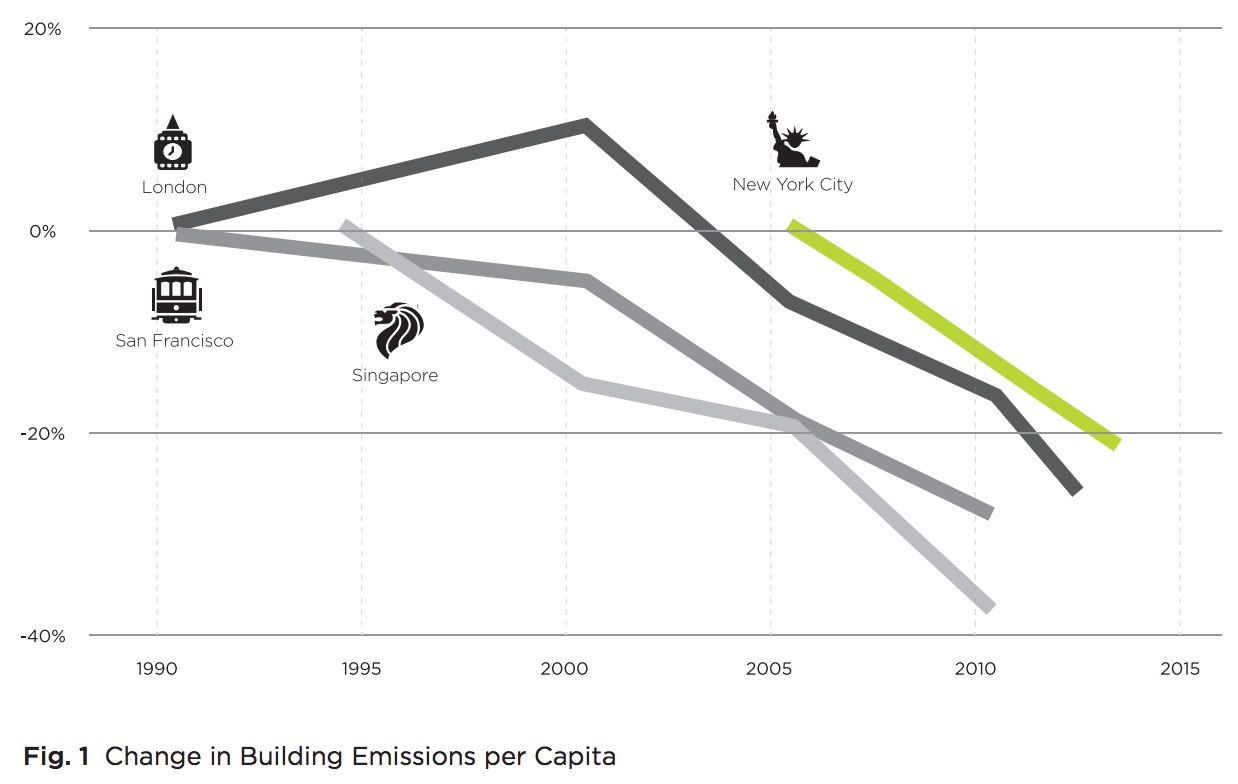
URBAN GREEN COUNCIL Introduction Frankfurt and other German cities are renowned for their commitment to quality construction and engineering. London is filled with historic and diverse buildings. Singapore is famous for its direct regulation of behavior. Sydney and the rest of Australia attempted to put a price on carbon. San Francisco is a legislative testing […]
View this complete Infra Views post...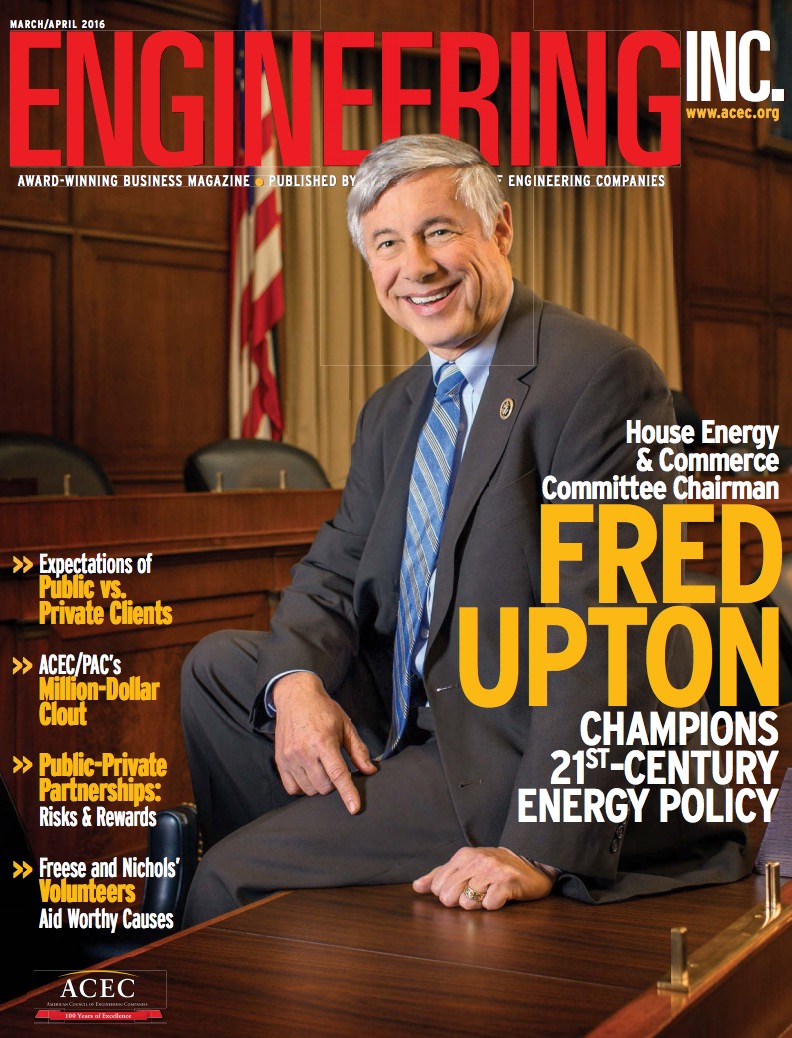
AMERICAN COUNCIL OF ENGINEERING COMPANIES (ACEC)
UPTON: We are always looking to advance our work every chance we get, and the FAST Act presented an opportunity to get a number of important provisions into law. Grid security and strengthening our energy infrastructure remain an important component of our energy portfolio moving forward. The FAST Act contained several provisions to ensure that our energy infrastructure, including the electric grid, is more resilient to 21st-century risks, such as physical attacks, cyberattacks and extreme weather.
View this complete Infra Views post...TRIP
While the modest funding increase and certainty provided by the FAST Act are a step in the right direction, the funding falls far short of the level of needed to improve conditions and meet the nation’s mobility needs and fails to deliver a sustainable, long-term source of revenue for the federal Highway Trust Fund.
Follow InfrastructureUSA
Video, stills and tales. Share images of the Infra in your community that demands attention. Post your ideas about national Infra issues. Go ahead. Show Us Your Infra! Upload and instantly share your message.
Is the administration moving fast enough on Infra issues? Are Americans prepared to pay more taxes for repairs? Should job creation be the guiding determination? Vote now!
What do the experts think? This is where the nation's public policy organizations, trade associations and think tanks weigh in with analysis on Infra issues. Tell them what you think. Ask questions. Share a different view.
The Infra Blog offers cutting edge perspective on a broad spectrum of Infra topics. Frequent updates and provocative posts highlight hot button topics -- essential ingredients of a national Infra dialogue.
It is encouraging to finally see clear signs of federal action to support a comprehensive US infrastructure investment plan.
Now more than ever, our advocacy is needed to keep stakeholders informed and connected, and to hold politicians to their promises to finally fix our nation’s ailing infrastructure.
We have already engaged nearly 280,000 users, and hoping to add many more as interest continues to grow.
We require your support in order to rise to this occasion, to make the most of this opportunity. Please consider making a tax-deductible donation to InfrastructureUSA.org.
Steve Anderson
Managing Director
SteveAnderson@InfrastructureUSA.org
917-940-7125